Maintenance Tips
If you would like someone to clean and maintain your pond please contact Luke from Woodmans Waters 0476 011 708
Starting up your pond.
Once the pond is built it is important to ensure you thoroughly clean the dirt and sediment from the rocks and pebbles and remove all dirty water before filling. This may take several rinses to complete. Rapid Clear Flocculant is recommended once cleaned and the system is turned on to help clear any finer dirt particles, and using the Rapid Clear Fine Filter Pads in your Skimmer will greatly assist in the first few weeks.
We recommend when starting up an ecosystem pond, adding a full dose of bacteria to seed the filter system with either Clean for Ponds or Maintain for Ponds. After this, continue with regular doses of Maintain for Ponds using either the Automatic Dosing System for ponds up to 12,000 litres or for larger ponds, by adding small amounts from the pump bottles every few days.
We always add plants to a pond or Pondless system. Plants play a vital role in your pond’s ecosystem. As the aquatic plants start to grow, they will absorb the nutrients in the water. This means they will naturally start to out-compete the algae for the nutrients, reducing algal blooms. You will notice the water becoming clearer as your plants grow and algae is reduced. Another benefit that plants provide, particularly water lilies, is that they shade the surface of the water, keeping it cool while cutting down on the growth of string algae and green water.
An ecosystem pond can take up to 12 months to balance itself, so you can expect to see algae issues in those first 12 months, with string algae being the main challenge for new pond owners. Depending on the severity of the algae, you can either let it go through its cycle and manually remove as much as possible, or treat the pond with Clear for Ponds to eliminate the algae from the system.
Benefits of adding bacteria
Beneficial bacteria support your pond’s nitrogen cycle by effectively reducing fish waste, organic plant material, sludge, and excess nutrients, while promoting a balanced ecosystem.
These microorganisms naturally occur in rivers, lakes, and other bodies of water. While they may also be present in your pond, there might not be enough to sustain a healthy water environment. A healthy balance of good bacteria in your pond helps keep it clean and healthy for the benefit of your fish as well
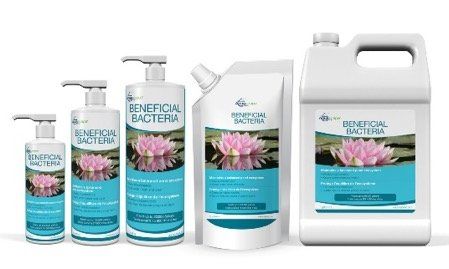
Filter Cleaning
It is recommended to rinse and clean your Biofalls or Wetland Filter once to twice a year in order to remove the sludge and excess silt that can build up. The key to a good filter is to have well-established populations of beneficial bacteria, so you don’t want to be rinsing and cleaning too often as you will continually destroy the established bacteria colonies. You don’t want the filter sponges to be clean like new.
Biofalls
Beneficial bacteria support your pond’s nitrogen cycle by effectively reducing fish waste, organic plant material, sludge, and excess nutrients, while promoting a balanced ecosystem.
These microorganisms naturally occur in rivers, lakes, and other bodies of water. While they may also be present in your pond, there might not be enough to sustain a healthy water environment. A healthy balance of good bacteria in your pond helps keep it clean and healthy for the benefit of your fish as well.
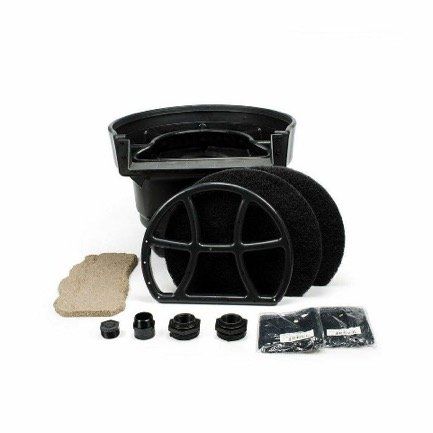
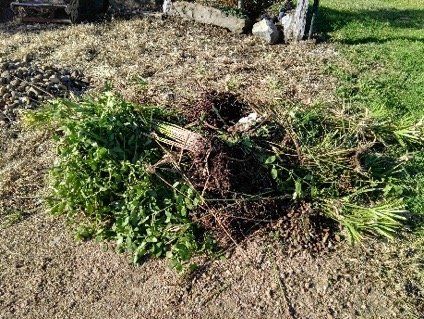
Wetland
Filters will require an annual cleaning to remove sediment build up from the Snorkel. This can be done using a sump pump. Once the wetland is empty, you will then need to use another pump situated in the pond to begin hosing large volumes of water over the wetland area. This flushes any sediment build up into the Centipede and Snorkel while the pump in the Snorkel continually removes the dirty water. Once cleaned,ensure you add your next dose of bacteria directly to the filter or via the Skimmer.
Ultraklean Pressure Filters
will require more regular maintenance, with a backwash to be performed as required depending on the pond conditions. As a general rule, this should be done every 2-4 months. We also recommend opening the canister annually, to inspect and clean the Bioballs and replace the UV globe if it has been running 24/7. A reminder to never use tap water as the chlorine will kill off all the beneficial bacteria that have developed in the Bioballs.
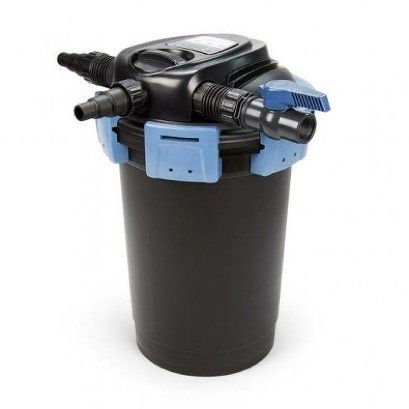
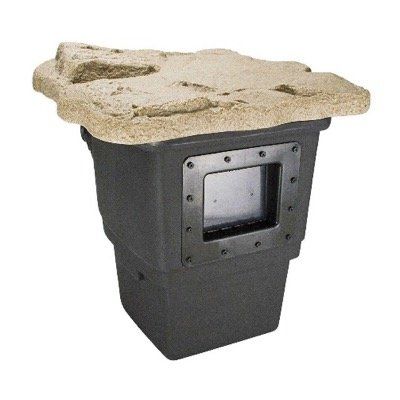
Skimmer Cleaning
The cleaning of your mechanical Skimmer or intake bay should be performed as often as required, based on the conditions and surrounds of your pond. You will need to inspect the Skimmer basket regularly to begin with, until you understand the cleaning requirements. You will also need to regularly check the Filter Media Mat in the Skimmer - which is designed to prevent any larger debris from passing to the pumps and filters - ensuring this is cleaned when required. Your pumps should also be removed, inspected, cleaned and rinsed annually.
Pumps
should be cleaned at least once a year. Different pumps may vary on how to pull apart but generally there are only a few screws to undo to pull the centre magnet out of the pump. Once you remove the centre piece and clean the surface as well as the internal surface of the cylinder then you simply screw back together and replace pump in skimmer. For a detailed video on how to do this please see this video by Aquascapes https://youtu.be/p7KIbeAu97I
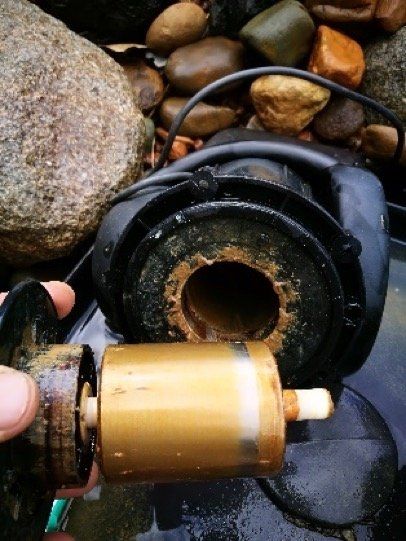
Pondless waterfalls/Stream maintenance
Pondless Waterfalls require very little maintenance, with the main task being to ensure any fallen leaves and debris are removed from the stream or reservoir area.
If string algae appears in the stream, it can be treated with Prevent for Fountains or SAB Stream & Pond Cleaner to eliminate it from the system. In severe ongoing cases, we recommend adding an IonGen System to control and maintain the algae.
